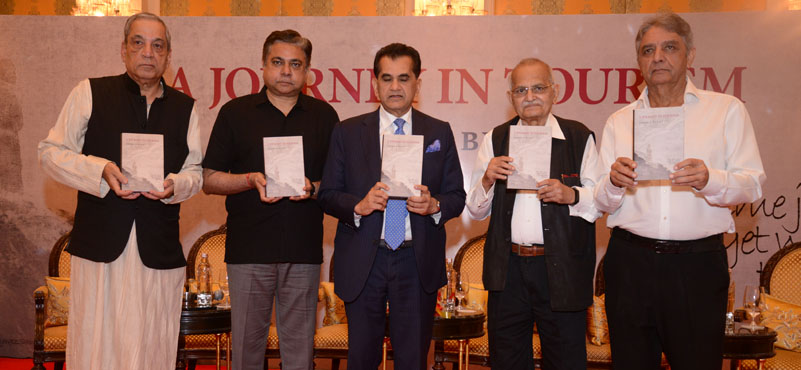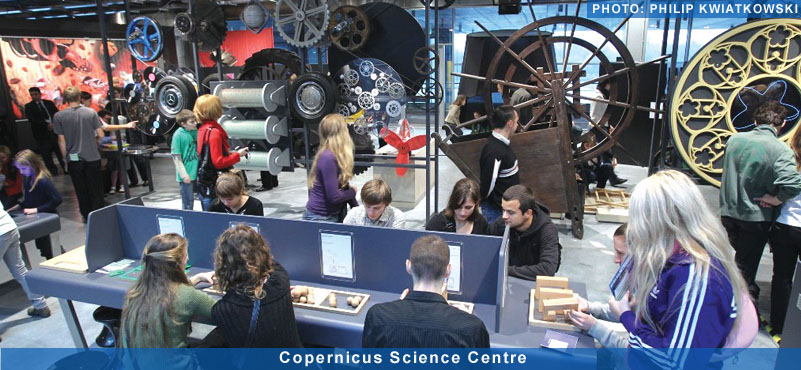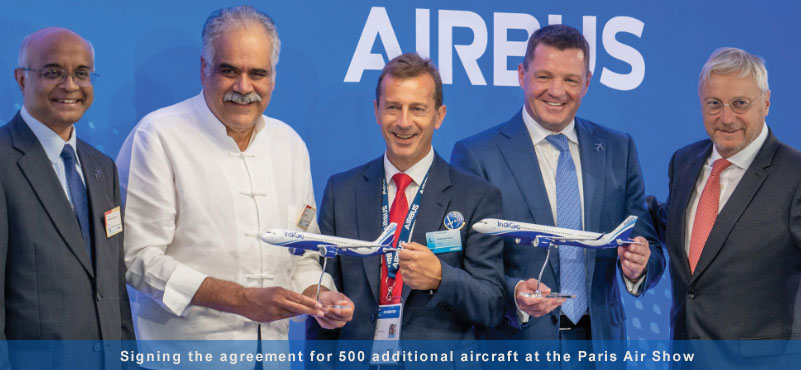It was an important milestone event for tourism in India. Not only was tourism spoken about extensively in this year’s budget by Finance Minister Nirmala Sitharaman, it has been identified as one of the 8 pillars as key markers for development in the year ahead. The PM has followed up with an interactive webinar series on each of these 8 pillars. This interaction was on tourism, introduced by tourism secretary, Arvind Singh.
In a first of its kind, the Prime Minister spent a good half hour sharing his thoughts on how to take tourism as an industry, as an activity, forward in keeping with national goals. Yes, tourism is one of the verticals with FM having said that 50 leading destinations will be identified and their holistic development will be undertaken on a war footing.
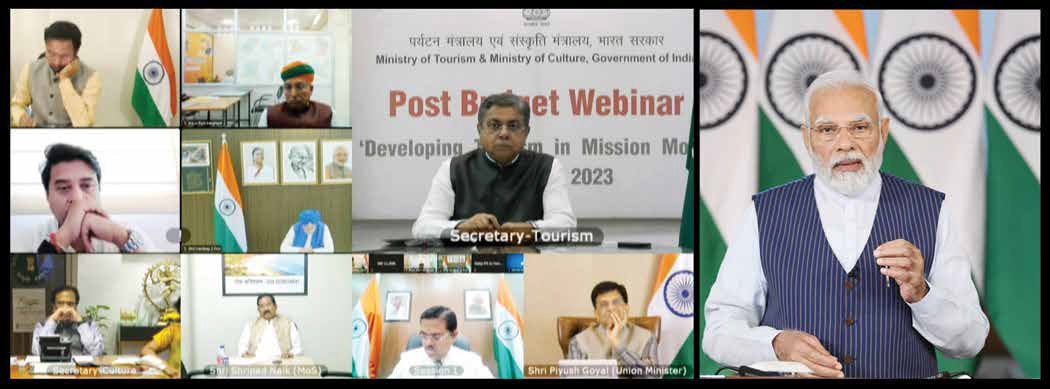
PM Modi underlined the importance of first identifying their uniqueness, the required infrastructure needed for their upliftment and then marketing them. He said India had the potential for all tourism activities, whether it be wildlife, coastal and beaches, pilgrimages, whatever, India had it.
In a competitive spirit, as a challenge among them, diverse stakeholders of each of them need to get engaged. And they need to think their way through to becoming model destinations for both domestic as well as international tourism.
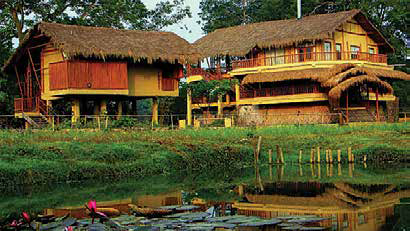 He said it was a mistake for people to think that tourism was elitist, that it was for the upper class of the society. This is not true, he said. We have age old traditions of travellers, even from those days when travelling was arduous and often a tough journey to undertake. Tourism was a social custom and people undertook journeys to meet with family and friends and also for yatras. Such journeys helped in creating national unity.
He said it was a mistake for people to think that tourism was elitist, that it was for the upper class of the society. This is not true, he said. We have age old traditions of travellers, even from those days when travelling was arduous and often a tough journey to undertake. Tourism was a social custom and people undertook journeys to meet with family and friends and also for yatras. Such journeys helped in creating national unity.
Development of such destinations was first ignored by years of ghulami and later by successive governments after we achieved freedom. This caused much damage to our efforts to promote travel and tourism in our country, he said. Now, as infrastructure is being developed, ensuring ease in travel, people are travelling again. Numbers are going up, and so is revenue from this activity, new jobs are being created. New facilities are being added.
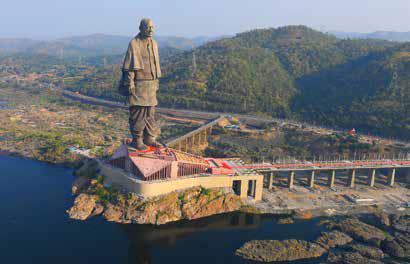 Take Varanasi for instance. Before the restoration and beautification work, there were some 70/80 lakh visitors that the temple witnessed every year. Last year, the visitor count was 7 crores, almost ten times jump. In Kedarnath, an average of 5 to 6 lakhs visitor count annually has jumped to 15 lakhs last year. In Pavagadh, Gujarat, from an earlier 2000/3000 visitor count, after the infrastructure development, the number has shot up to 80,000 last year. With the infrastructure, we have witnessed a host of other amenities have grown, giving rise to new employment facilities. The Statue of Unity last year saw as much as 27 lakh visitors! At Kankaria in Ahmedabad, after the development of the lake with its surrounding attractions, even after the introduction of an entry fee, the enthusiasm has been unabated, with over 10,000 visitors daily.
Take Varanasi for instance. Before the restoration and beautification work, there were some 70/80 lakh visitors that the temple witnessed every year. Last year, the visitor count was 7 crores, almost ten times jump. In Kedarnath, an average of 5 to 6 lakhs visitor count annually has jumped to 15 lakhs last year. In Pavagadh, Gujarat, from an earlier 2000/3000 visitor count, after the infrastructure development, the number has shot up to 80,000 last year. With the infrastructure, we have witnessed a host of other amenities have grown, giving rise to new employment facilities. The Statue of Unity last year saw as much as 27 lakh visitors! At Kankaria in Ahmedabad, after the development of the lake with its surrounding attractions, even after the introduction of an entry fee, the enthusiasm has been unabated, with over 10,000 visitors daily.
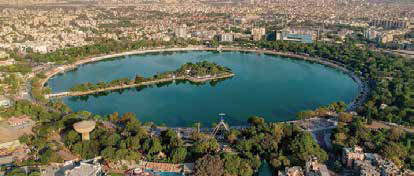 Villages across India are being invited to grow their tourism potential. Along the borders, we are promoting border tourism, each village is being exhorted to develop small hotels and eateries, homestays to attract new tourists. Tourism has a multiplier effect across societies. With availability of accommodation, amenities and clean environment, tourism will grow automatically.
Villages across India are being invited to grow their tourism potential. Along the borders, we are promoting border tourism, each village is being exhorted to develop small hotels and eateries, homestays to attract new tourists. Tourism has a multiplier effect across societies. With availability of accommodation, amenities and clean environment, tourism will grow automatically.
The PM asked the industry to identify different revenue models for each destination. Its not just idealism but also social and economic benefits, he argued. Regional tourism within India was important he said. Like for the North East, how could we tap into student and university traffic. How can we create opportunities that across the 8 North Eastern states, we can attract different university groups to come from the rest of India throughout the year.
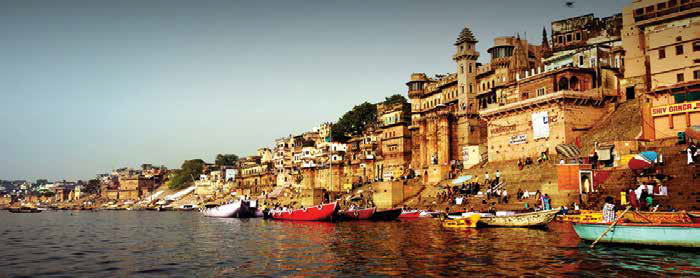
Talking of overseas promotions and the need to attract inbound tourism, the PM noted India was getting more noticed globally, there was greater recall for Destination India for many good reasons, we need to play up to this trend and be able to attract more tourists. Modi said we need to profile our visitors and work out strategies on how to attract more high spending tourists among them. He said he gathered the average spend of a foreign tourist in India was about US$ 1700 per day, while it was US$ 2500 per day in USA and about US$ 5000 per day in Australia. We need a gameplan to increase our income from them by giving them more than what we are providing them presently. There was also a need to tap longer stay professional tourists who studied wildlife, nature and other pursuits. We can also look at shorter stay visitors but with higher spending power. India is attractive for weddings, conferences and heritage seekers, and we need to create the required infrastructure for these activities. We need to ensure we provide memories of a lifetime for visitors, by giving them a unique Indian experience.
There was a shortage of trained guides. We need to augment them, and also create digital guides on apps, in all Indian and foreign languages. There is a huge youth population that will feel attracted towards this profession, only if we could reach out to them.
The industry and government need to debate and resolve how to take the industry forward. One of the targets should be the model 50 destinations that are built and promoted around a holistic development, where all things travel and tourism come together.
Present at the webinar were a number of central ministers such as G. Reddy, Piyus Goyal, Jyotiraditya Scindia and Bhupesh Yadav, besides secretaries in tourism and culture, and industry leaders such as Nakul Anand, chairman, FAITH. This spelt coordination among ministries which is another most welcome step in making tourism get the priority it deserves. No wonder, the PM said as IT, and other industries have been developed, so should tourism!
PM Modi extends Comprehensive Support to All Things Travel and Tourism
Prime Minister’s thrust on tourism has always been embracing the bigger picture, which very often has failed to get understood by the tourism industry in our country. He has stuck to giving subsidies only to the needy, the weaker sections of our society, has shied away from giving doles. But tourism he has spoken of, with great confidence, even before he took over as the prime minister – remember, the 5Ts, which included tourism. Commercial activity needs to fend for itself, create its own eco-system, and the government will facilitate wherever possible and desirable.
So, what does this bigger picture entail? First and foremost, ease in travel. Making travel simpler, affordable and reach the last mile. By all means of transport. If it was the roads at first, followed by railways, it is now air transport. Inland waterways is the next big thing to unfold.
Building heritage to world class experience and making these the centres of gravity for travel and tourism. Take the Varanasi example. Creating new tourism products that are aligned with nationalist goals and aspirations. This includes the Statue of Unity, as a prime illustration.
Modi has been quoted often as saying that a clean and hygienic India is essential to people travelling. His campaign on Clean Bharat was amongst his first priorities. There is no running away from the truth: we have mostly erred on providing clean toilets and facilitating travel and tourism. This alone can be a major tipping point in getting more foreign tourists; even domestic are no different.
PM’s webinar was attended by some half a dozen of his cabinet ministers. This represents a big recognition that in our tourism effort, the Ministry of Tourism can at best be a catalyst, but even for that purpose, it must have the powers to do so. Left as it is, most of what tourism requires is controlled by other ministries.
We have made the start. Hopefully, there would be follow up action and results will start showing!
ABOUT THE AUTHOR
 Navin Berry, Editor, Destination India, has been in the business of reporting on travel, tourism and hospitality for almost 5 decades.
Navin Berry, Editor, Destination India, has been in the business of reporting on travel, tourism and hospitality for almost 5 decades.


